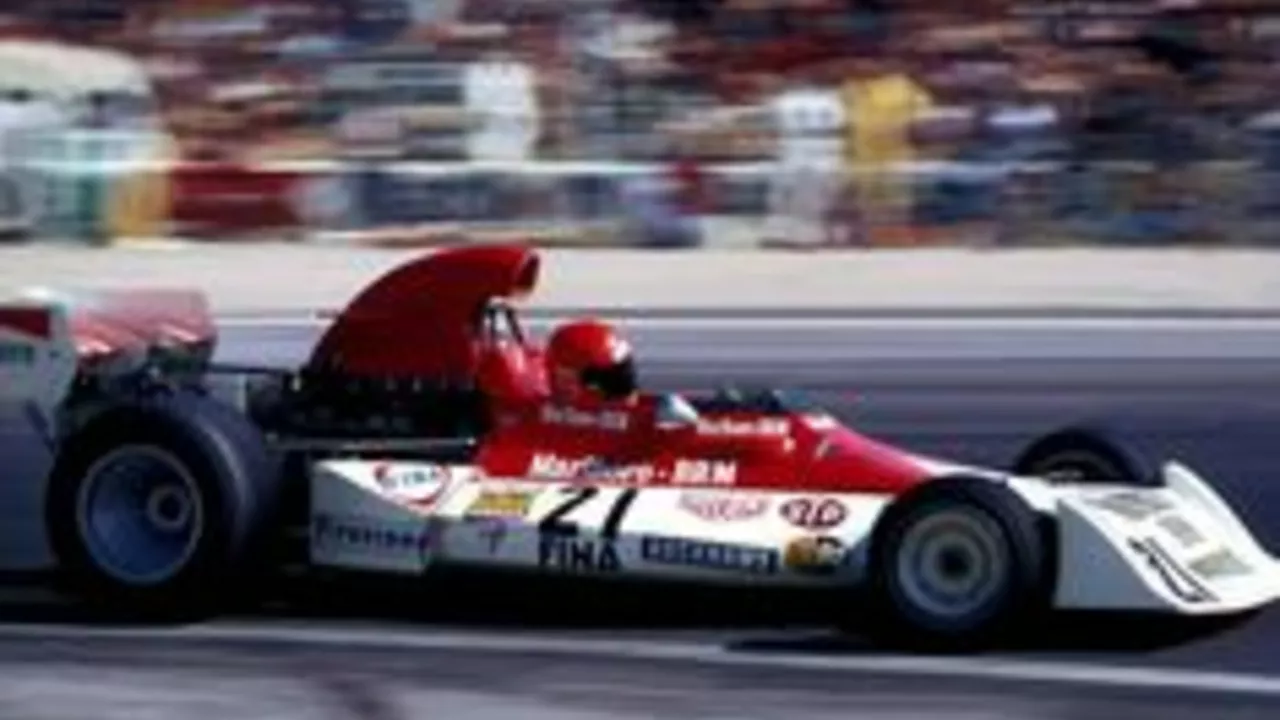Sport Comparison – What Sets Each Motorsport Apart
Ever wonder why some fans rave about NASCAR while others swear by IndyCar? Or why European viewers find American oval racing puzzling? The answers lie in cost, format, and culture. In this guide we break down the biggest differences so you can decide which series fits your taste and budget.
Why Compare Sports?
Comparing sports isn’t just a nerdy pastime – it helps you spend money wisely and enjoy the right kind of excitement. For example, racing in IMSA or CTSCC can cost anywhere from $500,000 to over $1 million a season. That’s a massive investment compared with a weekend visit to a NASCAR sprint track, where tickets run under $100. Knowing the financial commitment prevents nasty surprises.
Interest levels also matter. A recent chat with European fans showed many see NASCAR as “purely American” and struggle with the oval‑only format. IndyCar, with its mix of ovals, street circuits, and road courses, gets a warmer reception because it feels closer to the Formula 1 they already love. Understanding these perception gaps explains why some series grow faster in certain regions.
Key Differences You Should Know
Race format – NASCAR races are mostly on high‑speed ovals, emphasizing drafting and pit‑stop strategy. IndyCar blends ovals with road and street tracks, demanding more varied driving skills. IMSA focuses on endurance, with races that can last 12‑24 hours, testing driver stamina and team coordination.
Cost to compete – As the "How much does it cost to race IMSA/CTSCC?" post points out, a full season can top $1 million. By contrast, a grassroots stock‑car series might need only a few thousand dollars for a competitive car. Auto‑racing photographers earn between $29k and $77k a year, showing that even supporting roles have wide pay ranges depending on the series you cover.
Fan engagement – Declining interest in some motorsports is tied to limited accessibility. Television coverage for NASCAR dwindles, while IndyCar leverages streaming to reach younger viewers. Offering more affordable, local events helps revive enthusiasm, as seen with the rise of community‑run track days.
Culture and tradition – NASCAR’s deep‑south roots mean fans cherish the tailgate vibe and the roar of V8 engines. IndyCar fans appreciate the blend of technology and driver skill, often comparing the sport to Formula 1 but with a home‑grown twist. Europeans, as highlighted in the "What do Europeans think about NASCAR and IndyCar?" post, tend to value strategy and track variety, making IndyCar a more relatable entry point.
When you line up these factors, the choice becomes clearer. If you love high‑speed, door‑to‑door racing and a party atmosphere, NASCAR might be your jam. If you crave a mix of circuit styles and a touch of international flair, IndyCar fits. And if you’re eyeing a serious racing career with big budgets and endurance challenges, IMSA or CTSCC are the way to go.
Bottom line: each motorsport offers a unique package of cost, excitement, and culture. Use the comparisons above to match your preferences and wallet. Whatever you pick, you’ll join a passionate community that lives for the thrill of the track.

What is the bigger sport, NASCAR or Formula One?
Well folks, buckle your seat belts because we're diving into the adrenaline-pumped world of racing! The burning question on everyone's mind is, "Which is the heavyweight champion of the racing world, NASCAR or Formula One?" Now, just like trying to pick between pancakes and waffles for breakfast, it's a tough call! If we're talking about global popularity, Formula One takes the checkered flag with the sport drawing massive crowds from Monte Carlo to Melbourne. However, if we zoom in on the USA, NASCAR reigns supreme, making it the apple pie of motorsports. So, in the grand race of popularity, it's a photo finish depending on where you're standing on the globe!